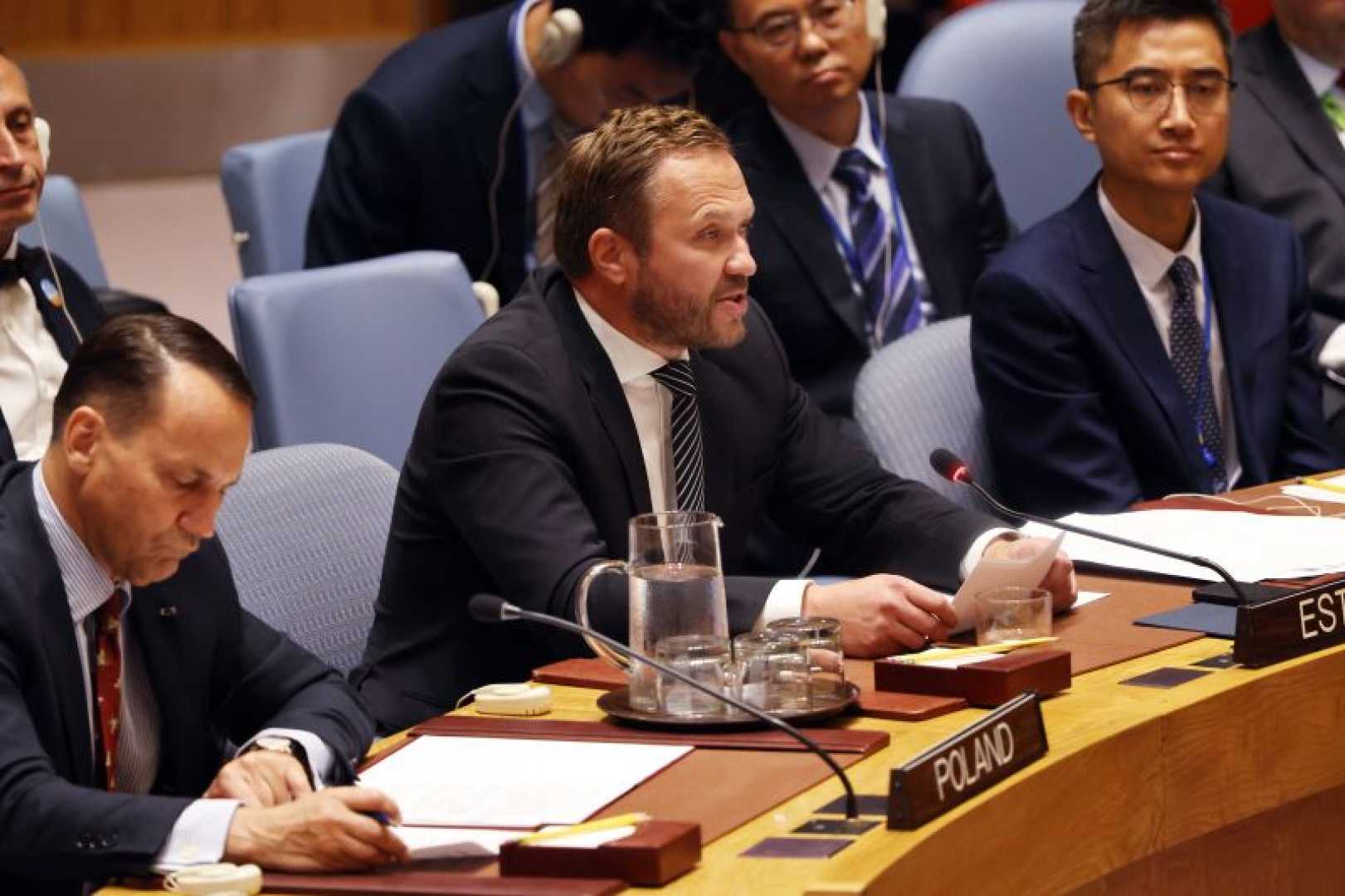Politics
NATO Divided Over Responses to Recent Russian Airspace Violations

MOSCOW – Recent incursions by Russian aircraft into NATO airspace have sparked intense debate among alliance members regarding how best to respond. Tensions rose last week when Estonia invoked NATO’s Article 4, which allows for consultations among members when a country’s security is under threat.
NATO Secretary General Mark Rutte and Estonian Prime Minister Kristen Michal clashed during discussions about the implications of Estonia’s request. According to three European officials, Rutte cautioned that frequent invocation of Article 4 could weaken its significance. He reportedly raised his voice, stressing that constant alerts would dilute the treaty’s power.
Rutte defended the alliance’s collective defense policies, saying, “If Article 4 is triggered every time Russia violates sovereignty, it quickly loses its impact,” as shared by the officials who requested anonymity.
However, Estonia’s Government Communication Office spokesperson, Rasmus Ruuda, noted that Rutte extended support to them, stating that Michal appreciated the backing from NATO. Giedrimas Jeglinskas, a member of the Lithuanian Parliament, emphasized the importance of a careful approach, suggesting that invoking Article 4 too frequently could hinder the alliance’s ability to effectively counter aggressions from Russia.
The backdrop to this rift includes recent Russian military activities such as missile-carrying aircraft breaches in Poland and drone incursions over Romania. Poland even mobilized its air force, intercepting 19 drones, marking the first such action since World War II. In Estonia, Italian F-35s escorted Russian aircraft out of its airspace.
Since NATO’s formation in 1949, Article 4 has been triggered only nine times. Following Estonia’s invocation, NATO warned Russia against further violations, stating they would respond with “all means” of defense. Estonia’s defense minister expressed readiness to take military action if necessary.
Jeglinskas raised concerns about signaling threats without actual consequences, pointing out, “The real question is what happens when the jets actually enter our airspace?” He articulated the risks of being trapped in a cycle of warning without action.
The potential for escalation remains a critical concern for NATO members. A senior State Department official warned against provoking a full-scale conflict with Russia, emphasizing the dangers of slipping into a broader war.
The United States has reiterated its commitment to defend NATO’s territory while urging European allies to strengthen their own defense measures. While some U.S. officials previously favored reducing troop presence, recent statements from former President Trump have called for NATO states to shoot down any Russian aircraft that violate their airspace.
Despite reassurance, divisions linger among NATO allies about their collective response to Russian aggression. Some believe that without America’s backing, Eastern European countries cannot credibly threaten retaliation, while others insist that deterrence must include visible consequences for Russia’s incursions.
Amid ongoing airspace violations, NATO is enhancing its security presence in Eastern Europe, but Jeglinskas argues that more is needed. He advocated for the development of advanced radar systems similar to Israel’s Iron Dome to counter aerial threats.
As NATO confronts these new challenges, Jeglinskas warned that rapid responses and improved technology must keep pace with evolving threats. He concluded, “NATO’s response is commendable, but it’s not enough. We need integration of the right capabilities to ensure our security against modern warfare tactics.” The stakes are high, and the need for unity and decisive action is more critical than ever.












